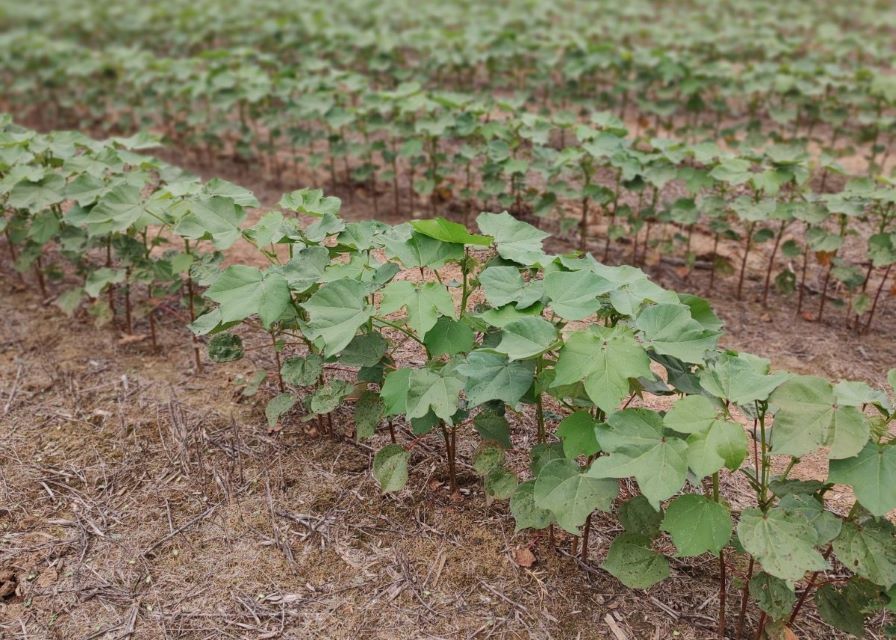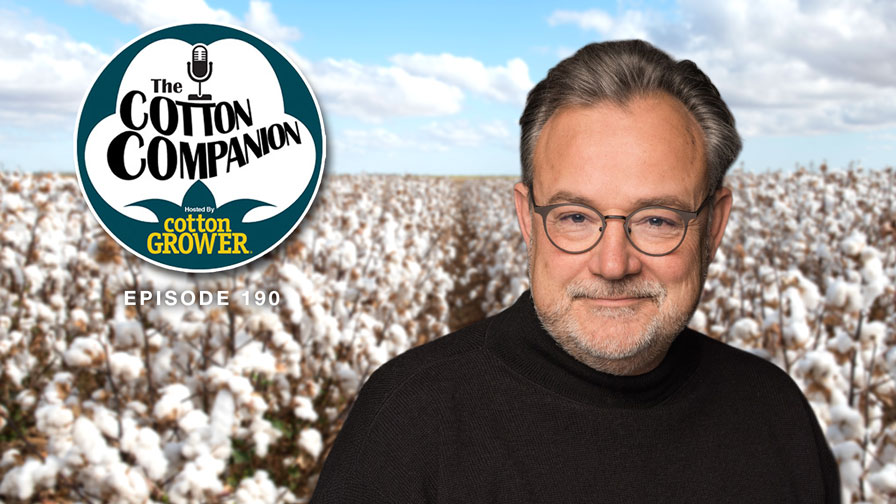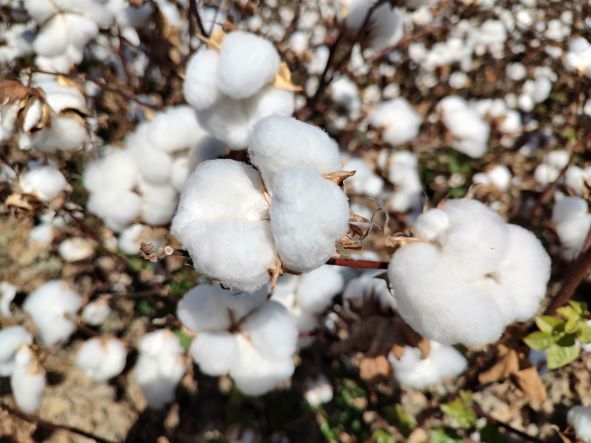BCI Spreads the Word about Sustainability throughout China

In Hejian City, in the Hebei Province in China, workers at the Guoxin farm directly manage 6,700 hectares (ha) of cotton fields. Since 2011, this large farm has been preparing to grow Better Cotton – in other words, cotton grown according to more sustainable principles, as defined by the Better Cotton Initiative (BCI).
“Our mission is similar to that of BCI: to increase the income of cotton producers and, at the same time, conserve the environment,” says Lu Huaiyu, president of the Guoxin Rural Technical Service Association. “We also support BCI’s principle of decent work to protect human health.”
Based in Geneva, Switzerland, BCI is a membership organization with members from across the cotton supply chain. The goal is to realize measurable improvements in the key environmental and social impacts of cotton cultivation worldwide to make it more economically, environmentally, and socially sustainable.
Better Cotton’s entrance into China is important news, mostly because China is the biggest producer of cotton in the world. However, due to its large and thriving textile and garment industry, China is also the world’s biggest importer of cotton. The fiber is a major provider of income for 25 million Chinese households and 50 million smallholder farmers. As a result, ensuring cotton’s future is of the highest strategic importance for the Chinese government and textile industry.
Leading retailers, including H&M, understand this reality, which is why they are encouraging Chinese suppliers – such as Guoxin – to work with BCI.
“In order for Better Cotton to become a mainstream commodity, it has to be produced in most of the cotton-growing regions in the world,” says Harsha Vardhan, Material Sustainability Coordinator at H&M. “China is crucial in that respect because it has the unique distinction of being both the largest producer and consumer of cotton fiber. So, in order to achieve the collective objectives of the initiative, China is vital for us.”
On July 25, BCI organized a supply-chain event in Shanghai to help promote those objectives. Big retailers such as H&M, Walmart, adidas, IKEA, Marks & Spencer, Levi Strauss & Co., and Nike, among others, were there to demonstrate to their suppliers the potential of Better Cotton and share with them practical information on implementation. The participating retailers and brands are all part of the Better Cotton Fast Track Program (BCFTP), a group of pioneering companies and public organizations that cooperate in a pre-competitive way to speed up the implementation of Better Cotton and bring it into the mainstream. After starting projects in Pakistan, India, Mali, Mozambique and Brazil, the BCFTP has now begun projects in China.
“We truly believe that Better Cotton is the future of the cotton industry, and we invite every cotton farmer organization and supplier to be a part of this movement,” Vardhan explains. “Apart from the obvious benefits connected to the environment, it also makes business sense to be a part of the BCI. H&M’s aim is that all cotton shall come from more sustainable sources by 2020 at the latest, and Better Cotton is one of the key initiatives to reaching this goal.”
China’s three main cotton regions account for 98% of the total cotton production in China. BCI is focusing now on the two biggest provinces: Xinjiang and Hebei (of these two, Xinjiang is the larger, accounting for about 42% of the country’s production). Due to climatic and other differences, the challenges each region faces are different – for example, water scarcity and flooding.
“The impact of cotton in China is huge,” says Joost Oorthuizen,
executive director of the Sustainable Trade Initiative (IDH), initiator of the BCFTP. “By bringing together major private players in the supply chain and partners such as Rabobank Foundation, ICCO and governments, we can help mainstream Better Cotton production. Our public private cotton projects have produced very impressive results in Pakistan and India, with 40% to 60% higher incomes for involved cotton farmers in 2011. But to reach global scale, we need to take this public/private approach into China.
“That’s why it is so important that major cotton retailers and brands organize events like this to reach out to their suppliers, and involve – a prerequisite in China – the government early in the process.”
Committed to Continuous Improvement
BCI is based on six production principles to ensure that Better Cotton is produced by farmers who:
1) minimize the harmful impact of crop protection practices;
2) use water efficiently and care for the availability of water;
3) care for the health of the soil;
4) conserve natural habitats;
5) care for and preserve the quality of the fiber; and promote decent work.
A commitment to Better Cotton is also a commitment to continuous improvement, which is supported by an ongoing global exchange of knowledge about more sustainable cotton production.
In China, this knowledge sharing has started by linking farmers to local research centers (such as the Research Centre for Rural Economy (RCRE), which is under the Ministry of Agriculture for rural and economic development), universities and cotton experts.
Those experts provide farmers with training on specific agricultural production techniques, including the effective use of fertilizers to reduce the input of agrochemicals and better field management, complete with records and documentation.
Li Jiazheng, project manager with Xinjiang Luthai Cotton Industry, confirms this. “Since we began working with Better Cotton, we have seen through the training provided by Solidaridad (an implementing partner of BCI and a member of the BCFTP) that smallholders improve their skills in field management, such as testing the soil for more effective fertilizer application.”
With the expansion to China, BCI now has projects in five major cotton-producing countries. By 2015, it seeks to have 1 million farmers producing Better Cotton.
“There’s a long way to go before Better Cotton is a mainstream commodity, but having China on board is an important step in this journey,” Oorthuizen explains. “Initial results from the Chinese pilot projects are encouraging. But for the initiative to really take off, greater supply chain involvement is needed.
“We are happy to have so many retailers – and also suppliers such as Olam – on board, but it’s an opportunity for the entire supply chain. We invite all players to join us because Better Cotton is the future!”









